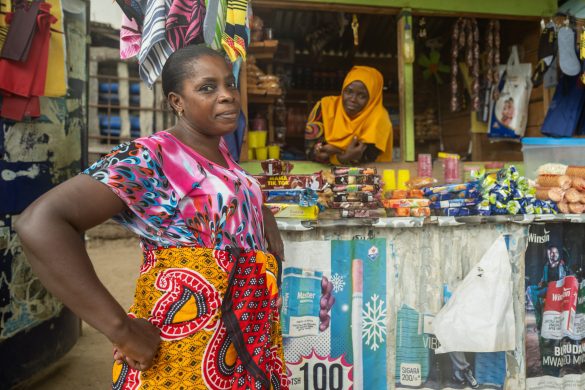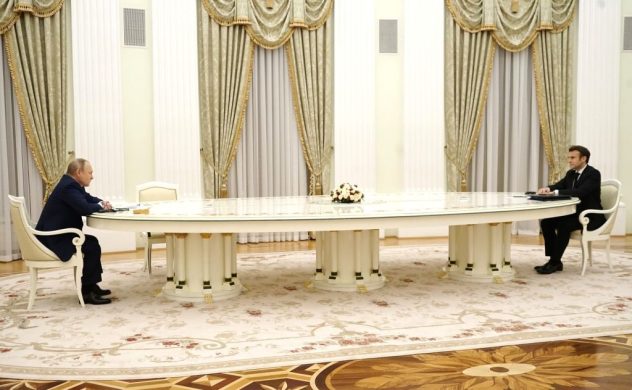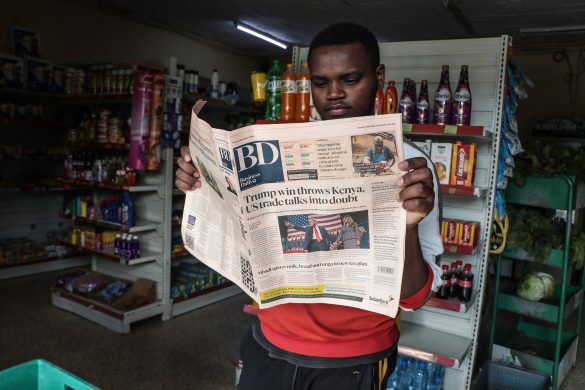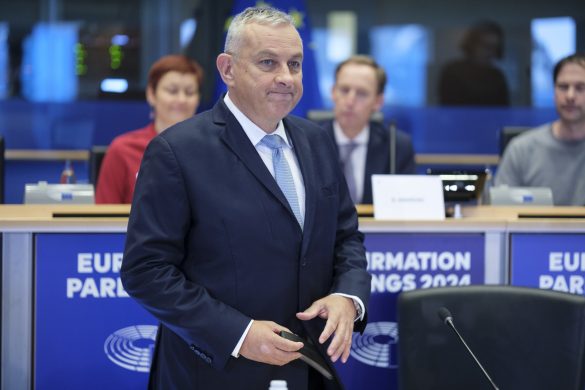JOHANNESBURG, 1 December 2009: In all the talk about adapting to climate change, “scant attention” is being paid to “the dangers of … [adaptation strategies] going astray in fragile and conflict-affected” countries, warned a report released on 28 November. Just under three billion people live in 46 conflict-affected countries, where climate change could create a high risk of violent conflict, said International Alert, a peace-building NGO, which highlighted the number in its 2007 report, A Climate of Conflict.
In its new report – Climate Change, Conflict and Fragility – (see link to the report below) the NGO urged policy-makers to take into account the interaction between the impact of climate change and “the social and political realities in which people live that will determine” their capacity to adapt.
The “political dimension” of adapting to climate change, and “the underlying causes of vulnerability” in a fragile state unable to “carry out its core functions” had to be factored in, as “technical fixes will only act as sticking plasters” in such cases, cautioned the authors, Dan Smith and Janani Vivekananda, both senior officials of International Alert.
-It is difficult to walk the line between alarmism and complacency, said Smith. -There is no point in exaggerating the risks, but there is equally no point in denying that with each year of inaction the risks of climate-related conflict and political instability increase.
He cited conflict-ridden Yemen, where the water situation is “dire”, to illustrate the impact of stress on essential resources in a fragile country. Sanaa, the Yemeni capital, is expected to run out of water in 10 to 15 years.
-The consequences for the people of Yemen of worsening water shortage could be catastrophic. The risk of the state ceasing to be effective cannot be discounted, he told IRIN News.
The ground reality
Policies for adapting to water stresses brought on partly by climate change in many conflict-ridden countries, particularly in the Arab region, were not being given priority, said Hosny Khordagui, Director of the Water Governance Program in Arab States, in the Regional Bureau for Arab States of the UN Development Programme (UNDP-RBAS).
The Arab region – the Middle East and North Africa – is home to five percent of the world’s population but has access to only one percent of global fresh water resources; according to the UN it is the most water-stressed region in the world.
Some of the world’s biggest and longest-running conflicts are also playing out here: in Somalia, Iraq, the occupied Palestinian territory (oPt) and Sudan.
A rising number of droughts, lower water levels in rivers, stunted agricultural production, and sea level rise brought on by climate change will turn millions of people, particularly in the Nile River Delta and the coastal areas in the Persian Gulf, into “environmental refugees”, warned the UNDP Arab Human Development Report 2009.
Tensions over natural resources not only pose a threat to security among communities, but also nationally and regionally. The UNDP report cited Sudan, which has “experienced internal conflicts in Darfur … between pastoralists and farmers over access to water sources”, and Palestinian farmers, who “suffer because Israeli settlers monopolize most ground water sources”.
What should inform adaptation policy
International Alert recommended that adaptation strategies should be more conflict-sensitive, so that water management in water stressed countries was shaped by understanding the systems of power and equity: involve everyone and avoid pitting groups against each other.
Peace-building needed to be climate-proofed by paying attention to the availability of resources for livelihoods such as agriculture – which could be under pressure because of climate change – for returning ex-combatants or people displaced by conflict.
The International Alert report cited Liberia, which is in the process of recovery from war. Many returnees and ex-combatants will come back to villages and make a living from agriculture, but the Intergovernmental Panel on Climate Change (IPCC), a global scientific body, has projected that crop yields in parts of West Africa could halve by 2020.
-The prospect arises of returned fighters becoming resentful unemployed farmers, and thus potential recruits, with their combat experience, in a new conflict, the authors commented.
The efforts of rich countries to shift to a low-carbon economy must be peace-friendly and supportive of development. The International Alert report noted that the diversion of food crops and land use to biofuel production had played a role in pushing food prices up in 2007/08, causing conflict in many countries.
Don’t have the capacity
UNDP-RBAS’s Khordagui said vulnerability to climate change was also about adaptive capacity, but many countries did not have the money to make themselves resilient.
The UNDP report noted that the Arab region would need around 73 billion US Dollars, an annual average of 2,6 billion US Dollars over the next three decades, to enhance its desalination capacity to provide fresh water.
Khordagui told IRIN that many countries did not have the information or the capacity to factor the impact of climate change into their policies.
-They need more reliable regional and country-specific data, drawn from the IPCC projections, to be able to plan; they also need to identify the most vulnerable communities to help them become resilient.














